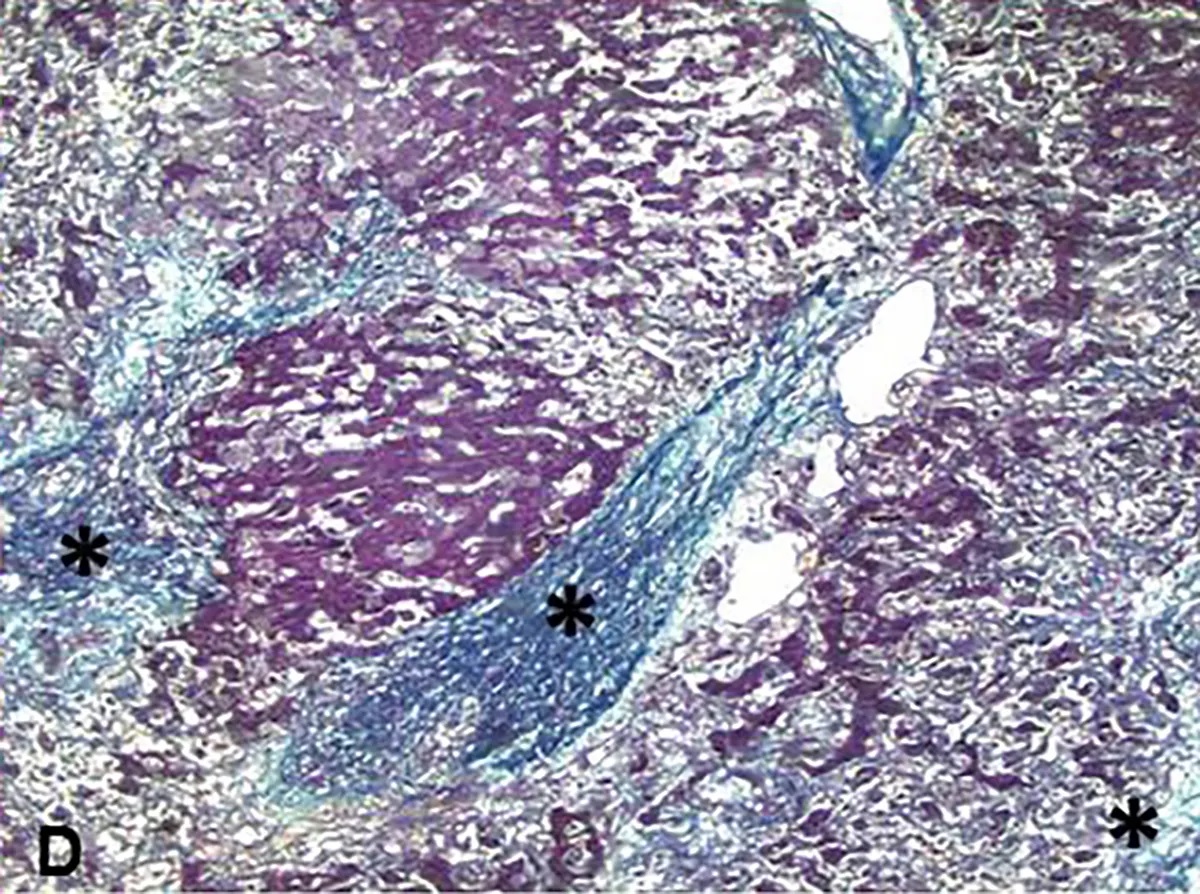Crotalaria spectabilis poisoning in a horse
DOI:
https://doi.org/10.24070/bjvp.1983-0246.v14i2p111-116Keywords:
hepatotoxic plants, pyrrolizidine alkaloids, monocrotaline, hepatic encephalopathyAbstract
Plant poisoning is an important cause of death in horses and cattle in Brazil. Crotalaria spp. has stood out in this scenario due to its toxic potential caused by monocrotaline, a pyrrolizidine alkaloid found throughout the plant, mainly in seeds. Here is reported a case of Crotalaria spectabilis poisoning a horse. A horse consumed oats contaminated with Crotalaria spectabilis seed and presented clinical signs of toxicosis characterized by jaundice, progressive weight loss, hemoglobinuria, subcutaneous edema in the pectoral region and neurological symptoms typical of hepatic encephalopathy. In the serum evaluation, there was an increase in the activity of the enzymes alkaline phosphatase (ALP), gamma-glutamyl transferase (GGT) and aspartate transaminase (AST), urea, creatinine and creatine phosphokinase (CPK). At necropsy, the main macroscopic findings were opaque and congested liver with capsular irregularity and accentuated the lobular pattern, trachea with foamy and pinkish fluid and congested and edematous pulmonary lobes. The main histopathological findings were hepatic fibrosis, periportal ductal hyperplasia, centrilobular necrosis, megalocytosis and binucleated hepatocytes. The brain parenchyma showed perivascular edema and Alzheimer type II astrocytes. Crotalaria spp. is among the main plants that cause acute or chronic mortality after exposure to the toxic compound in horses and farm animals.


